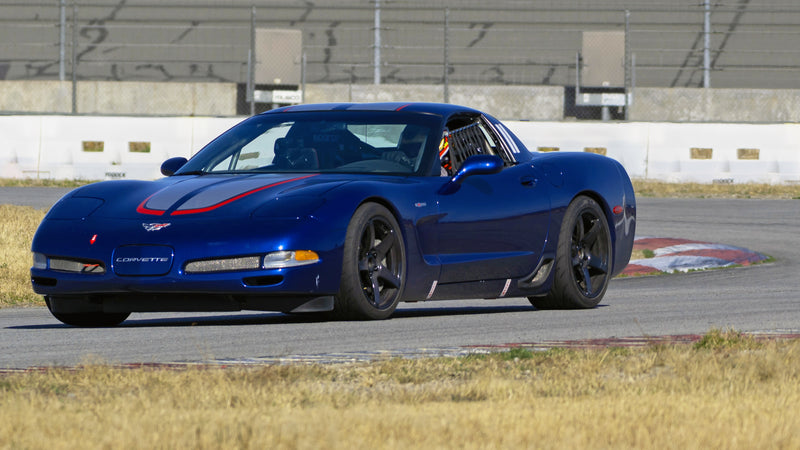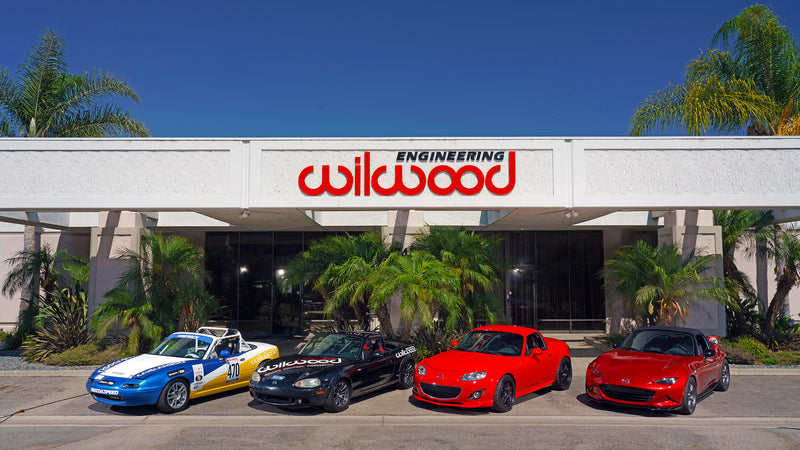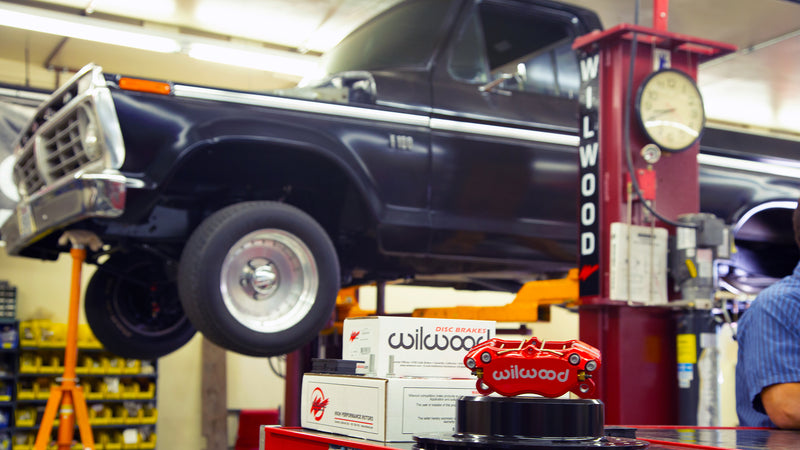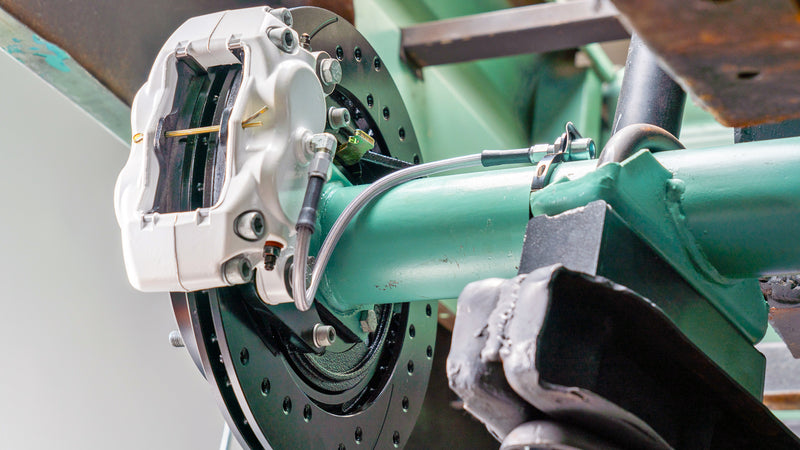
Recently, J.G. Pasterjak at Grassroots Motorsports upgraded his 2004 Chevy Corvette Z06 track driven car to Wilwood brakes front and rear. The front is a 14” floating rotor kit with Aerolite calipers (kit p/n 140-13743) while the rear uses a 13” rotor and Superlite caliper (kit p/n 140-10638). Similar kits are now available in the new dynamic mount rotor lug drive design, front (kit p/n 140-16202) and rear (kit p/n 140-16208). In this excerpt, J.G. explains the importance of good brakes, and the physics involved in repeatedly slowing a car from a race pace for a corner, in a concise way that doesn't take an engineering degree to understand:
Upgrading to bigger brakes | Project Chevrolet C5 Corvette Z06 Part 10
It’s a powerful message that every driving instructor, not to mention every high-performance parts vendor, should have told you a million times: Brakes are the most powerful and effective speed-changing device on your car. Regardless of what you drive, or how much power you have under the hood, the quickest way to alter your velocity will always be via the middle pedal.
Plus, brakes aren’t just something that slows a car from x to <x. On a fast lap, the brakes are used to not only shuck speed, but to balance the chassis as well, transferring load from one end of the car to the other. Brakes are important, is what we’re saying, so good brakes–brakes that not only give you great stopping power, but great feedback, durability, predictability and repeatability–are a required tool for a proper track machine.
Motion to Heat
Let’s take a look at what brakes actually do. At their core, brakes are energy-transitioning devices. A car in motion possesses a lot of kinetic energy, and safely getting that car through a corner is often going to require shedding some of that kinetic energy in order to reach the proper entry speed.
But thanks to the first law of thermodynamics, we know that a car’s kinetic energy can’t simply be “shed;” energy in a closed system must remain constant. It can’t be created or destroyed, only turned into other types of energy.
We could turn it into light energy, but light energy is not only pretty efficient, most of what we actually know as light is a byproduct of heat energy. Case in point: Most old-school incandescent light bulbs turn only 10-20% of the energy put into them into light. Why not skip the middleman and turn that kinetic energy into heat energy? It takes a lot of energy to generate heat, and heat is fairly easy to disperse through convection and radiation.
Hot, Hot (Hot)
Our 3100-pound Corvette possesses about 1.4 million joules of energy while traveling at 100 mph. (Remember, energy increases by the square of the speed, so small speed increases produce correspondingly larger energy increases.) That’s roughly enough energy to run an entire household’s electricity load in the dead of summer for about 20 minutes. Slowing that mass to 50 mph for a single corner entry requires converting about 15 minutes’ worth of that light, a/c and Xbox time into heat.
During an average track day or time trial session, your car’s brakes can easily convert enough kinetic energy to run your entire home for a full day and night. Brakes–especially those on fast, heavy cars–are doing a tremendous amount of work and operating under immense thermal stress.
In order to most efficiently turn that kinetic energy into heat, brakes use friction–in our case, it’s the friction of brake pads being hydraulically squeezed onto an iron disc. The greater the friction, the faster the heat builds and the faster the kinetic energy is converted. End result: The car slows thanks to the physical interaction of two surfaces trying to occupy the same space at the same time.
Once we’ve transitioned that kinetic energy into thermal energy, that thermal energy has to go somewhere, right? Air flowing in and around the brake components works to disperse that heat into the surrounding atmosphere, but heat is also transferred to the brake components and anything that touches them–so stuff like hubs, wheels and uprights see a lot of thermal load as well. They deal with immense thermal and physical forces hundreds of times per track day, so having an efficient, reliable setup is paramount to proper performance…
Read the entire article, and follow along with the installation and track testing, at their website: Upgrading to bigger brakes | Project Chevrolet C5 Corvette Z06 Part 10







0 comments